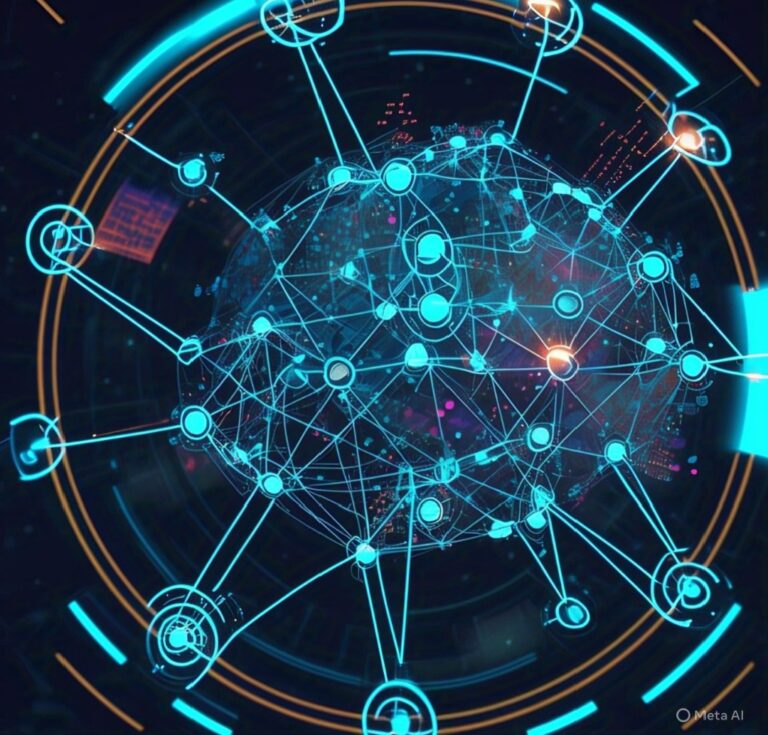Table 1: Article Outline

- Introduction to Cybersecurity
- Definition of Cybersecurity
- Importance of Cybersecurity
- Types of Cybersecurity Threats
- Malware
- Phishing
- Ransomware
- DDoS Attacks
- Cybersecurity Measures
- Firewalls
- Encryption
- Intrusion Detection Systems
- Antivirus Software
- Best Practices for Cybersecurity
- Strong Passwords
- Regular Updates
- Employee Education
- Incident Response Plan
- Benefits of Cybersecurity
- Protection of Sensitive Data
- Prevention of Financial Loss
- Maintenance of Customer Trust
- Compliance with Regulations
- Challenges in Cybersecurity
- Evolving Threats
- Complexity of Systems
- Human Error
- Limited Resources
- Future of Cybersecurity
- Emerging Trends
- Artificial Intelligence in Cybersecurity
- Internet of Things (IoT) Security
- Conclusion
- FAQs
Table 2: Article
Cybersecurity: Protecting Your Digital World
Introduction to Cybersecurity
In today’s digital age, cybersecurity is more important than ever. With the increasing reliance on technology, cyber threats have become more sophisticated, and it’s essential to understand the importance of cybersecurity.
What is Cybersecurity?
Cybersecurity refers to the practices and technologies designed to protect computer systems, networks, and sensitive information from unauthorized access, theft, or damage.
Types of Cybersecurity Threats
There are several types of cybersecurity threats, including:
Malware
Malware is malicious software designed to harm or exploit computer systems. Examples include viruses, worms, and trojans.
Phishing
Phishing is a type of social engineering attack where attackers trick victims into revealing sensitive information, such as passwords or credit card numbers.
Ransomware
Ransomware is a type of malware that encrypts files and demands payment in exchange for the decryption key.
DDoS Attacks
DDoS (Distributed Denial of Service) attacks involve overwhelming a system with traffic, making it unavailable to users.
Cybersecurity Measures
To protect against cyber threats, several measures can be taken, including:
Firewalls
Firewalls are network security systems that monitor and control incoming and outgoing network traffic.
Encryption
Encryption is the process of converting plaintext data into unreadable ciphertext to protect it from unauthorized access.
Intrusion Detection Systems
Intrusion Detection Systems (IDS) monitor network traffic for signs of unauthorized access or malicious activity.
Antivirus Software
Antivirus software is designed to detect, prevent, and remove malware from computer systems.
Best Practices for Cybersecurity
To ensure cybersecurity, several best practices can be followed, including:
Strong Passwords
Using strong, unique passwords for all accounts can help prevent unauthorized access.
Regular Updates
Regularly updating software and systems can help patch vulnerabilities and prevent exploitation.
Employee Education
Educating employees on cybersecurity best practices can help prevent human error and social engineering attacks.
Incident Response Plan
Having an incident response plan in place can help quickly respond to and contain cyber attacks.
Benefits of Cybersecurity
The benefits of cybersecurity include:
Protection of Sensitive Data
Cybersecurity measures can help protect sensitive data from unauthorized access or theft.
Prevention of Financial Loss
Cybersecurity measures can help prevent financial loss due to cyber attacks or data breaches.
Maintenance of Customer Trust
Cybersecurity measures can help maintain customer trust by protecting their sensitive information.
Compliance with Regulations
Cybersecurity measures can help organizations comply with regulations and standards, such as GDPR and HIPAA.
Challenges in Cybersecurity
Despite the importance of cybersecurity, there are several challenges, including:
Evolving Threats
Cyber threats are constantly evolving, making it challenging to stay ahead of attackers.
Complexity of Systems
Complex systems can be difficult to secure, especially if there are many vulnerabilities.
Human Error
Human error can lead to cybersecurity breaches, such as using weak passwords or falling victim to social engineering attacks.
Limited Resources
Limited resources, such as budget or personnel, can make it challenging to implement effective cybersecurity measures.
Future of Cybersecurity
The future of cybersecurity is likely to involve emerging trends, such as:
Artificial Intelligence in Cybersecurity
Artificial intelligence (AI) can be used to detect and respond to cyber threats more effectively.
Internet of Things (IoT) Security
As the IoT continues to grow, securing IoT devices and networks will become increasingly important.
Conclusion
Cybersecurity is a critical aspect of protecting computer systems, networks, and sensitive information from unauthorized access, theft, or damage. By understanding the importance of cybersecurity and implementing effective measures,



